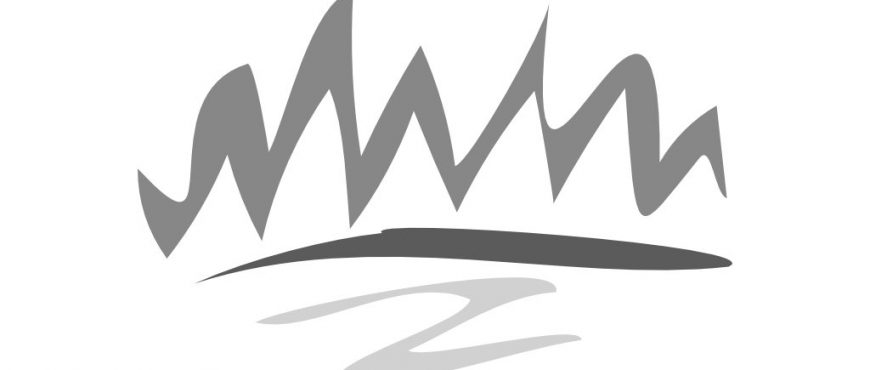Audit Finds Richply Uses Good Forest Practices
VICTORIA – Richmond Plywood (Richply) is carrying out good forest practices on northern Vancouver Island, but the Ministry of Forests needs to improve its bridge safety procedures in the area, the Forest Practices Board reported today.
The board conducted an audit of Richply’s operations under Forest Licence A19243, on the northern tip of Vancouver Island west of Port Hardy. This volume-based forest licence in the North Island–Central Coast Forest District has an allowable annual cut of 53,773 cubic metres. The audit examined Richply’s operational planning, timber harvesting, road construction, maintenance and deactivation, silviculture and fire protection practices carried out between May 2002 and June 2003.
The board found that Richply used appropriate forestry techniques to fully comply with its obligations under the Forest Practices Code, and also achieved environmental objectives such as protecting fish and wildlife habitats, and supported opportunities for recreational activities as specified by the higher level plan commitments in the Vancouver Island Summary Land Use Plan.
“Just as the board is vigilant in reporting non-compliance, it’s important that we recognize first-rate performance by a licensee when we find it,” said board chair Bruce Fraser. “We commend Richply for logging in a responsible manner and employing appropriate forest management and silviculture techniques in their operations to respect local land-use plans.”
As part of the audit, Richply’s surface bridge maintenance practices were assessed. While Richply was fully compliant in this area, as in all others surveyed, the audit uncovered a case of significant non-compliance on bridge safety by the North Island–Central Coast Forest District.
Ministry of Forests staff found that a bridge along the Nahwitti Forest Service Road was unsafe for crossing in December 2001 but access to the bridge was not physically blocked until May 2003. While staff did post signage in March 2002 to prohibit vehicle access to the bridge, the Forest Practices Code requires the responsible authority to repair, close, remove or replace unsafe bridges to ensure public safety.
“We are very concerned about the risks to industrial and recreational users in this area caused by the undue delay in removing this unsafe bridge,” said Fraser. “The district has committed to better inform the public and industrial users of the condition of bridges in the future in order to protect the safety of road users and avoid damage to bridges.”
The board has requested that a copy of the district’s new public information policy on bridge safety and implementation plan be delivered to the board by July 1, 2004.
The Forest Practices Board is an independent public watchdog, established in 1995, that reports to the public about compliance with the Forest Practices Code and the achievement of its intent. The board’s main roles under the Forest Practices Code are:
- Auditing forest practices of government and licence holders on public lands.
- Auditing government enforcement of the code.
- Investigating public complaints.
- Undertaking special investigations of code-related forestry issues.
- Participating in administrative reviews and appeals.
- Providing reports on board activities, findings and recommendations.
-30-
Ministry of Forests Response
Board’s Closing Letter
Erik Kaye
Communications
Forest Practices Board
Phone: 250 356-1586 / 1 800 994-5899
February 25, 2004


